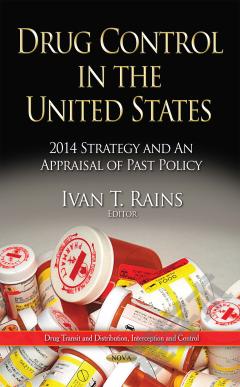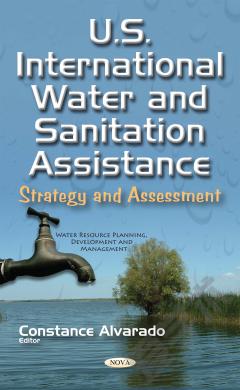U.S. Small Vessel Security Strategy: Elements and Assessments
Since the terrorist attacks of September 11, 2001, maritime security efforts have focused primarily on large commercial vessels, cargoes, and crew. Efforts to address the small vessel environment have largely been limited to traditional safety and basic law enforcement concerns. Small vessels are, however, readily vulnerable to potential exploitation by terrorists, smugglers of weapons of mass destruction (WMDs), narcotics, aliens, and other contraband, and other criminals. Small vessels have also been successfully employed overseas by terrorists to deliver Waterborne Improvised Explosive Devices (WBIEDs). The Department of Homeland Security (DHS) and its components—such as the U.S. Coast Guard and Customs and Border Protection (CBP)—have started or completed initiatives to address small vessel security risks, but DHS is not tracking the progress being made to address action items in the Small Vessel Security Strategy (SVSS) Implementation Plan. This book examines what actions, if any, DHS and its components have taken to address small vessel security concerns, and the extent to which they have implemented action items in the SVSS Implementation Plan.
{{comment.content}}








 京公网安备 11010802027623号
京公网安备 11010802027623号